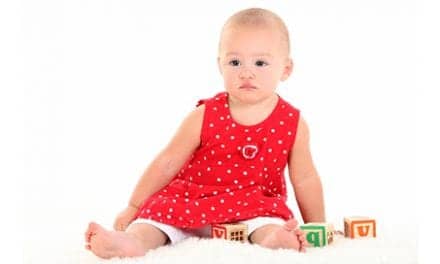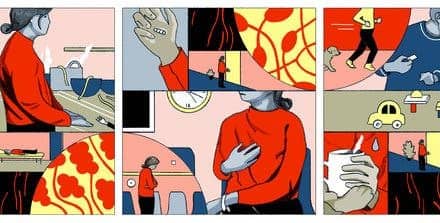One of our fascinations with aesthetic surgery is that, as we go along, we are constantly reinventing and revising traditions and approaches to procedures.
A recent study published in Plastic and Reconstructive Surgery found that when presented with candidate faces digitally altered to show simulated eyelid surgery effects, the surgery could make the patient look more tired and older-looking than before.
Absolutely fascinating.
The purpose of this Yale University-based study was, "to characterize the relative influence of eyebrow position and shape, lid position, and facial rhytides on perceived facial expression as related to blepharoplasty, with a specific focus on the perception of tiredness," according to the writers.
During the research, photos of young people were modified using digital imaging software to simulate the effects of aging — brow position and shape, upper and lower lid positions, pretarsal show, and rhytides.
Researchers who reviewed the photos were asked to quantify, on a scale from zero to 5, the presence of each of 7 expressions/emotions: surprise, anger, sadness, disgust, fear, happiness, and tiredness.
If a photo was altered to make the patient appear to have had surgery to reduce wrinkles and upper eyelid drooping in order to look less tired, the researcher rating the various expressions claimed the patient had a higher degree of tiredness than a normally tired person.
"Expressions of tiredness and sadness were caused in our study by total eyebrow elevation and minimally by lateral brow depression," the study's authors write. "Surprisingly, simulating the skin resection of an upper blepharoplasty results in a paradoxical increase in the perception of tiredness. Perhaps increasing the exposure of the pretarsal skin gives the illusion of a longer, more ptotic lid and thus a tired appearance. Anthropometric measurements have shown an increase in the upper lid sulcus height after blepharoplasty. However, the results of the anthropometric measurements were somewhat limited because they were indirect measurements from photographs instead of direct measurements of the patient's face."
The authors continue, "Statistically significant values for tiredness were achieved by changes of increasing and decreasing the pretarsal skin crease, lowering the upper eyelid, and depressing the lateral brow. Happiness was perceived by elevation of the lower lid or the presence of crow's feet. Brow shape had a greater influence than absolute position on perceived expression. Elevation of the lateral brow was perceived as surprise, whereas depression of the medial brow and rhytides at the glabella were perceived as anger and disgust. Elevation of the medial brow elicited a minimal increase for sadness."



